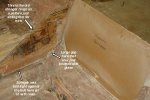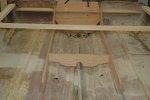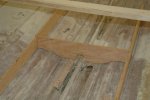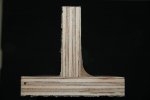idonthaveaname
Banned
- Joined
- Sep 23, 2010
- Messages
- 1,058
Re: 1992 Astro Restoration
I've heard three years is too long, but that's just what I've heard. Seems valid to me. I wouldn't use three year old paint, and I'd be leery of old fuel. Don't think resin would be much different. YD or the other experts here can tell you.
I've heard three years is too long, but that's just what I've heard. Seems valid to me. I wouldn't use three year old paint, and I'd be leery of old fuel. Don't think resin would be much different. YD or the other experts here can tell you.
























